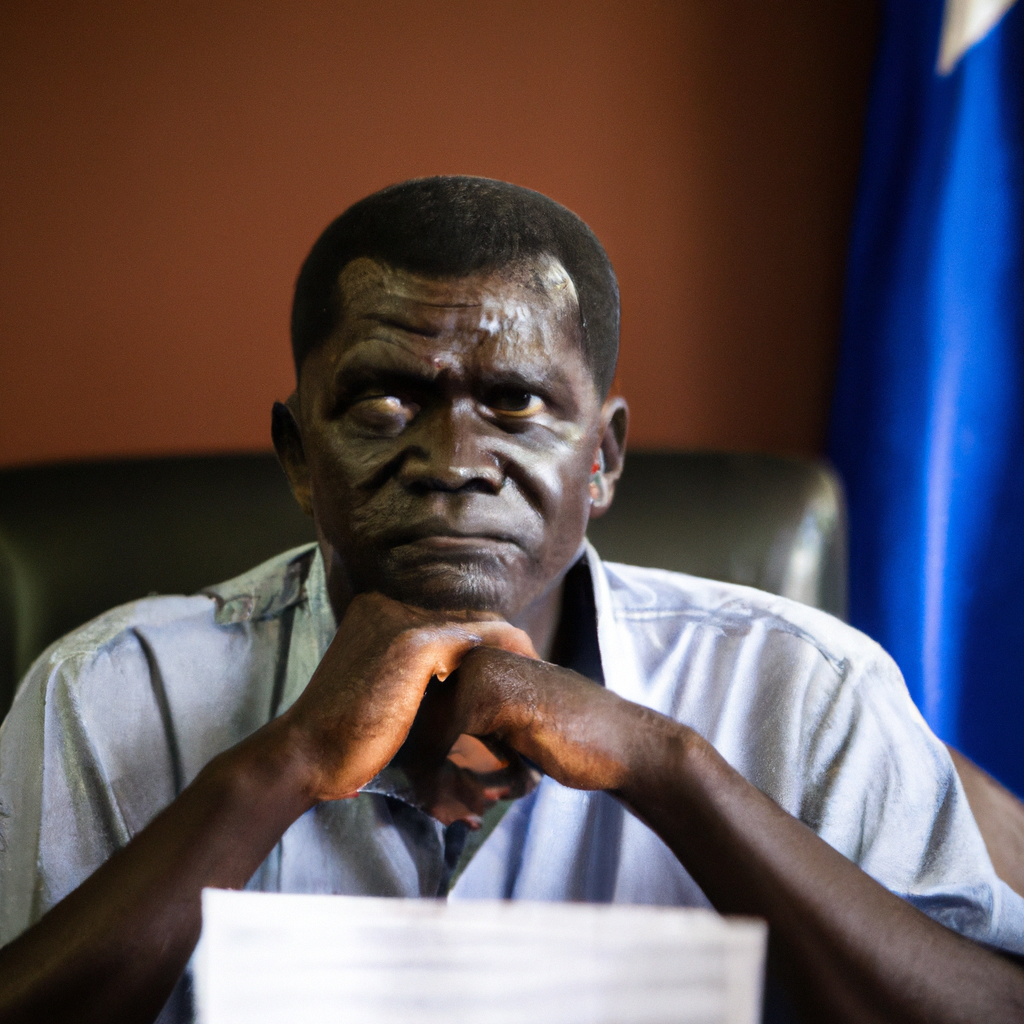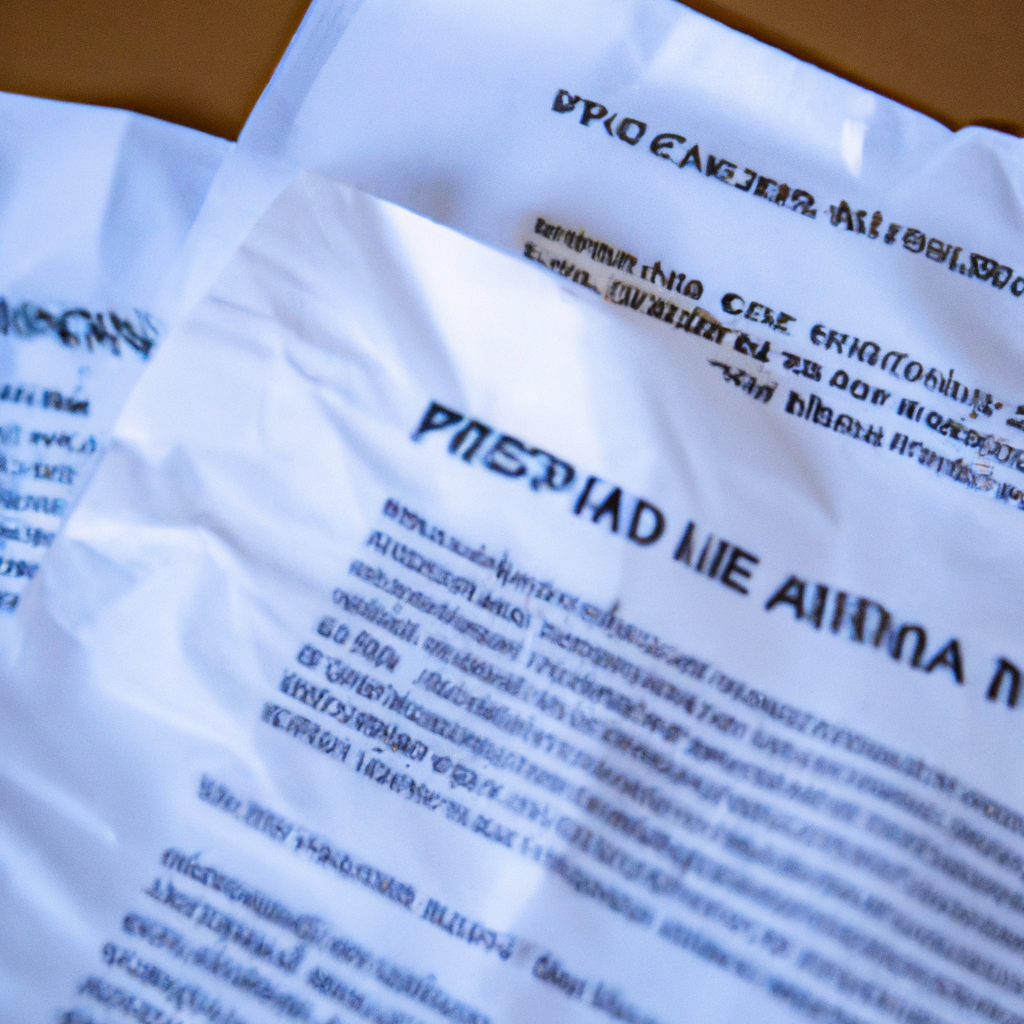Uganda is experiencing a surge in artisanal gold mining, particularly in areas like Busia and Mubende. This gold rush has drawn in thousands of Ugandans, including many families and children, seeking to improve their livelihoods. However, the unregulated nature of these mines poses significant risks. Dangerous working conditions, including collapsing mine shafts and exposure to toxic chemicals, are leading to injuries and fatalities. The lack of proper safety equipment and training exacerbates these dangers, raising serious concerns about the well-being of those involved, especially children.
The Allure of Quick Riches
The promise of quick wealth is a major driver of the gold rush. Many Ugandans, struggling with poverty and limited economic opportunities, see artisanal mining as a viable alternative. The rising global price of gold further fuels this attraction. Families are often forced to make difficult choices, prioritizing immediate income over the long-term risks to their health and safety. This desperation highlights the need for sustainable economic development initiatives in these regions.
Dangerous Mining Practices
Artisanal mining in Uganda often involves rudimentary techniques and a lack of safety measures. Miners dig deep, unstable shafts, often without proper support systems. These shafts are prone to collapse, burying workers alive. Additionally, mercury, a highly toxic substance, is commonly used to extract gold. Exposure to mercury can cause severe health problems, including neurological damage and kidney failure. The use of explosives is also prevalent, adding to the risk of accidents and injuries.
Child Labor Concerns
One of the most alarming aspects of the gold rush is the widespread use of child labor. Children as young as five years old are involved in various stages of the mining process, from digging and carrying ore to processing gold with mercury. These children are exposed to the same dangers as adults, but are even more vulnerable to the health risks. Child labor in mining deprives children of their education and jeopardizes their physical and mental development.
Environmental Impact
The unregulated mining activities are also having a significant impact on the environment. Deforestation is rampant as miners clear land to access gold deposits. The use of mercury contaminates soil and water sources, harming aquatic life and posing a threat to human health. The lack of proper waste disposal leads to further pollution, degrading the land and making it unsuitable for agriculture.
Government Response and Challenges
The Ugandan government faces a complex challenge in regulating the artisanal mining sector. While recognizing the potential economic benefits, authorities are struggling to address the safety and environmental concerns. Efforts to formalize the sector, provide training to miners, and enforce safety regulations have been hampered by limited resources and widespread corruption. There is a need for greater collaboration between government agencies, mining companies, and local communities to promote sustainable and responsible mining practices.
Health and Safety Crisis
The combination of dangerous working conditions, exposure to toxins, and lack of medical facilities has created a health crisis in mining communities. Respiratory problems, skin diseases, and mercury poisoning are common ailments. Injuries from mine collapses are often severe and can lead to permanent disabilities. The lack of adequate healthcare services in these remote areas means that many victims do not receive timely medical attention.
Community Perspectives
Local communities are divided on the issue of artisanal mining. Some welcome the economic opportunities it provides, while others are concerned about the social and environmental consequences. Land disputes are common as miners encroach on farmland and protected areas. There is a growing recognition that the gold rush is not a sustainable solution to poverty and that alternative livelihood options are needed.
The Way Forward
- Strengthening regulation: Implement and enforce stricter regulations on artisanal mining, including mandatory safety training and environmental protection measures.
- Promoting alternative livelihoods: Invest in sustainable development projects that provide alternative income opportunities for mining communities.
- Combating child labor: Increase efforts to identify and remove children from mines and provide them with access to education and rehabilitation services.
- Improving healthcare: Expand access to healthcare services in mining communities, including treatment for mercury poisoning and injuries.
- Raising awareness: Educate miners and communities about the risks of artisanal mining and promote safer practices.
Urgent Need for Action
The Uganda gold rush presents both opportunities and challenges. While it can contribute to economic growth, the current unregulated practices are putting lives at risk and harming the environment. The government, mining companies, and local communities must work together to ensure that mining is conducted in a safe, responsible, and sustainable manner. Failure to do so will result in further tragedies and long-term damage to the environment and the well-being of Ugandan citizens. The situation demands immediate and sustained attention to protect vulnerable families and children from the deadly risks associated with artisanal gold mining.








